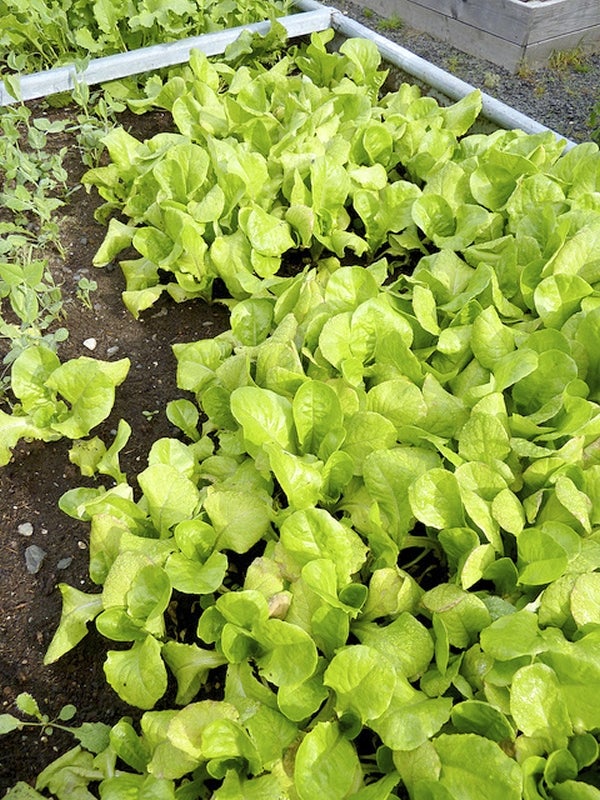Amy-Lynn Albertson: Start your garden from seeds
Published 12:00 am Friday, January 22, 2016

- Cooperative Extension Lettuce grows quickly and does well when started from seed.
While we are all inside enjoying the snow and cold weather this weekend, it’s a good time to look through those seed catalogs and start thinking about the spring vegetable season.
If you want to be uber-local, you can grow everything yourself from seed. Plants like tomatoes and peppers should be started in the next couple of weeks in order to plant them the first week of May.
The growing media you select should be sterilized in order to prevent seedlings from being killed by the fungi that causes damping-off disease. Many types of growing media can be found at your local garden centers or from seed and garden supply catalogs.
The most available and relatively inexpensive seed-starting medium is vermiculite. Seedlings cannot be grown in vermiculite for very long because there are no nutrients in it. Seedlings grown in vermiculite must be given a water-soluble fertilizer regularly or transplanted to sterile soil when the second pair of true leaves form.
There are many containers suitable for sowing seeds. Wooden flats and plastic trays are recommended for starting a work area. They save space compared to seeding directly into individual pots.
Some of the simplest containers for starting seed can be found right in the kitchen. Cottage cheese containers, bottom halves of milk cartons, ice cream cartons, egg cartons and paper cups are handy starter containers. Remember all containers must have drainage holes to allow excess water to run off. Prior to seeding, the containers should be clean, sturdy and fit into the space available for growing plants in the home.
Once the seeds have germinated, it is important that they receive sufficient sunlight. Place them in a sun porch or a window with a southern exposure if possible. If bright sunlight is not available, an alternative is to use fluorescent lights.
A fixture containing two 40-watt cool white fluorescent tubes spaced 3-4 inches apart is enough. Place seedlings 6-8 inches from the tubes and leave the lights on for 14-16 hours each day. Make sure you raise the lights as the plants grow to prevent leaf burn. The growing area needs to be kept warm with day temperatures of 70-75 degrees and night temperatures between 60-65 degrees.
Tomatoes and peppers are the most commonly grown vegetables for transplants. Tomatoes and basil need six to eight weeks before they reach transplant size, and should be planted one to two weeks after the last spring frost. Peppers need six to eight weeks before they can be transplanted and should be planted two to three weeks after the last frost.
Cucumbers only need three to four weeks before reaching transplants size and should be planted one to two weeks after the last frost. Rosemary and oregano need eight to 10 weeks to reach transplant size and should be planted one to two weeks after the last frost. The average last frost date is April 15 for Rowan County.
If you would like more information on vegetable or herb gardening or other horticultural topics, please contact the Rowan County Cooperative Extension Center at 704-216-8970 or http://rowan.ces.ncsu.edu.




